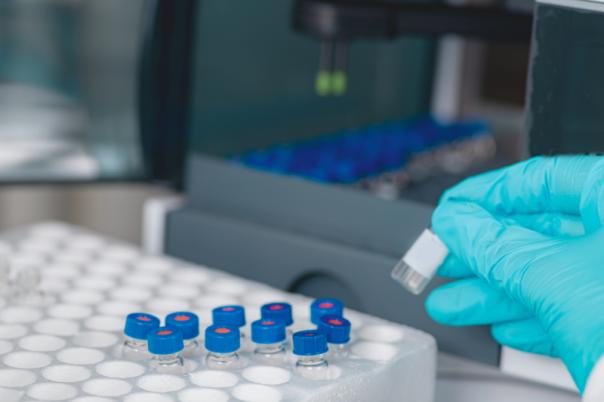Sophie Janbon, Director at AstraZeneca, gave some insights into navigating crystallisation science during the early phases of drug development. Not only are aspects like right purity and yield key to supporting drug substances, but also physical attributes such as form and particle also play an important role in biopharmaceutical performance and formulation suitability.
The two main ways to conduct crystallisation are through cooling and antisolvents. Still, Janbon also mentioned methods including pH change and salt formation with a counter ion and then removing the solvent via distillation.
There are many challenges associated with early drug development, including knowledge gaps, material constraints, and speed. However, Janbon homed in on the challenge of the final API stage; there are many different therapy areas and oral solids, liquid formulation, dosage form, and inhalation formulation, all of which have different requirements in terms of particle attributes. One physical attribute cannot fit all those platforms; therefore, it is vital to understand where the material will end up.
Janbon introduced several project examples to drive home the idea that different dosage forms require tailored particle attributes. Case study 1 introduced compound A, which is a salt and the recommended solid form for development: anhydrous form A. Janbon outlined a required novel drying process to remove solvent inclusions and achieve the desired form. Overall, Form A appeared as a highly inclusive crystalline solid, with a ‘flexible’ structure that can accommodate many organic solvents in its structure.
The second case study examined compound B, which is freeform. The team required an anti-solvent, and the team was able to scale the batch to 20kg with successful control of the form. However, around the 60kg mark, there were form inconsistencies due to mixing inefficiencies. The team was able to resolve this through seed load and mixing optimisation. They relied on tools such as BlazeMetrics.
The final case study looks at compound C, a freeform particle. The key obstacle here was obtaining particle control and meeting dissolution profile requirements. Initially, the team used a dry milling step to make tablets; however, this ended up leading to operational issues, which would not be acceptable on a commercial scale. So, the team switched to wet milling to meet dissolution targets.
In summary, crystallisation has potential in early-phase drug development. Janbon reiterated that form is the priority for her team. One cannot deny that there are numerous obstacles during the early phases, but by keeping an open mind and trying and testing different approaches, Janbon has successfully managed them. Arguably, a key component of success in these case studies comes from the willingness to adapt and learn from each batch and compound.




